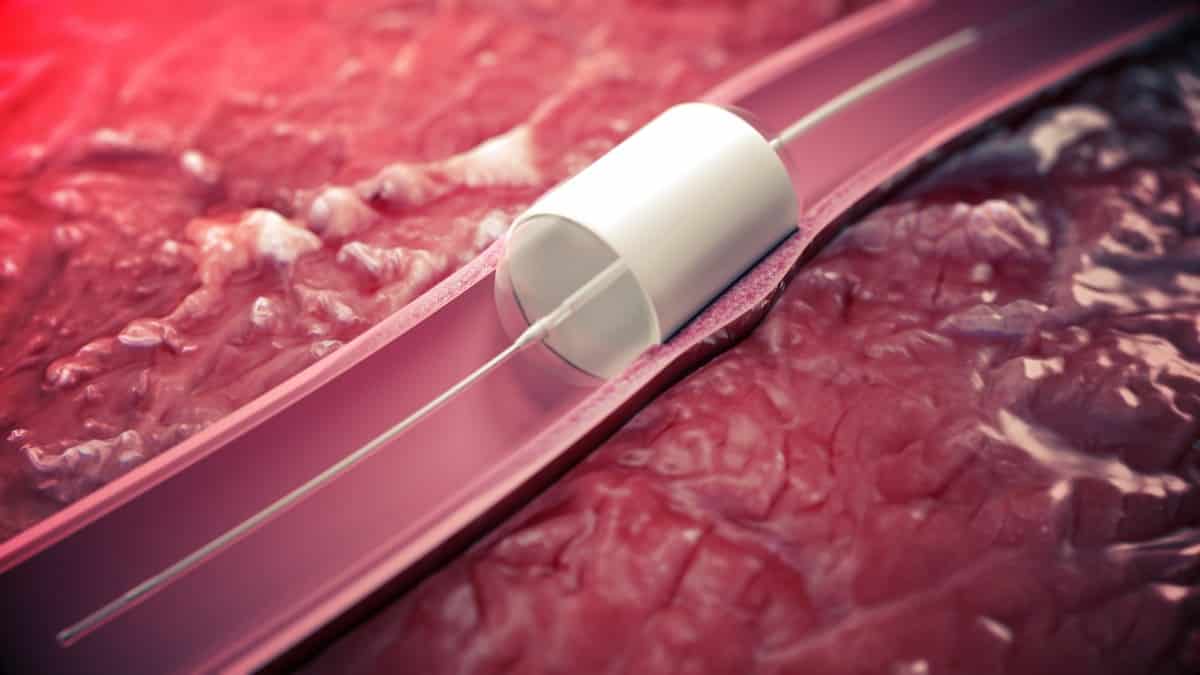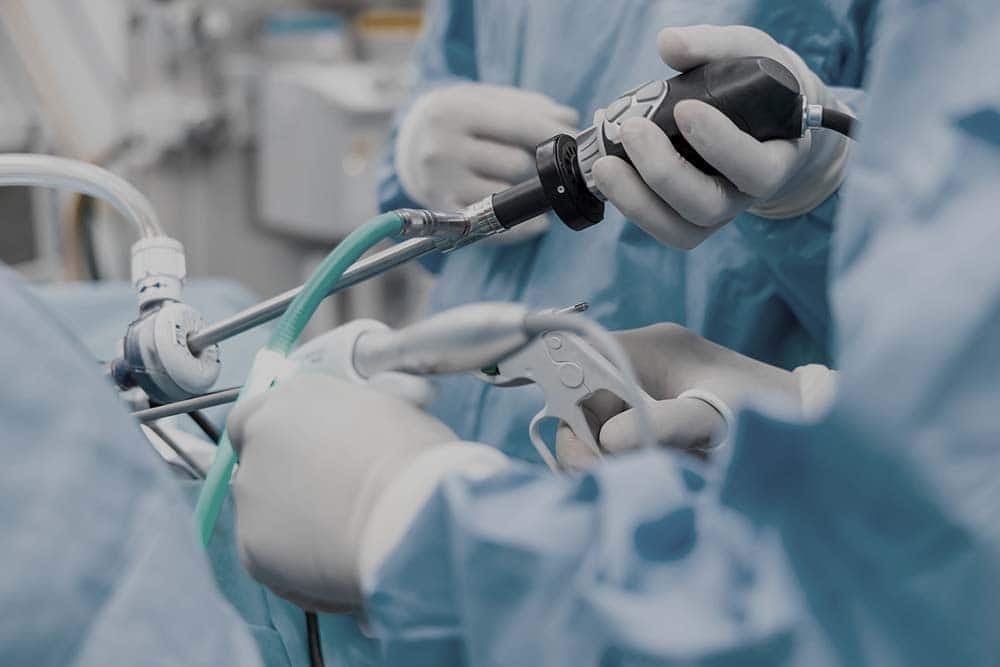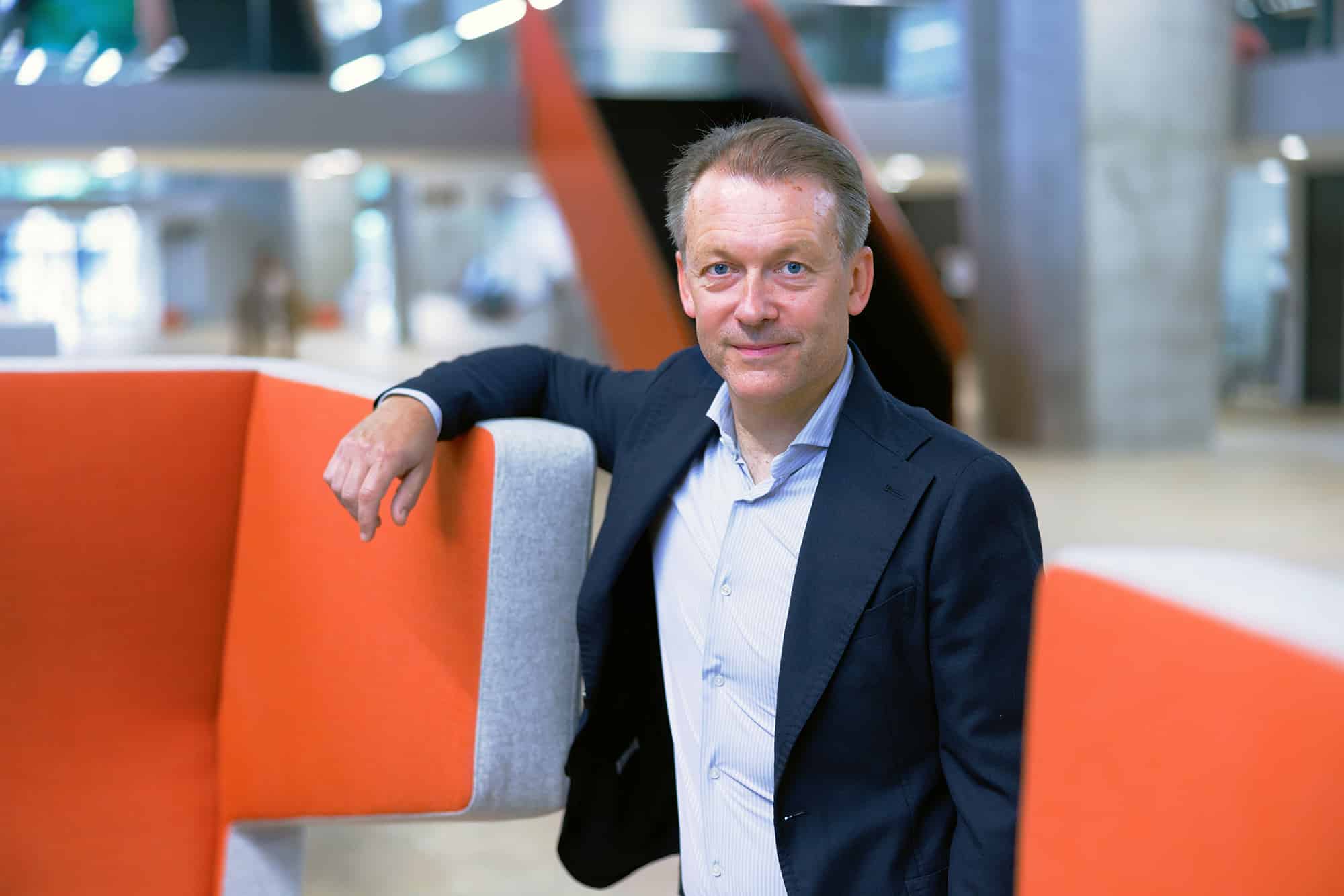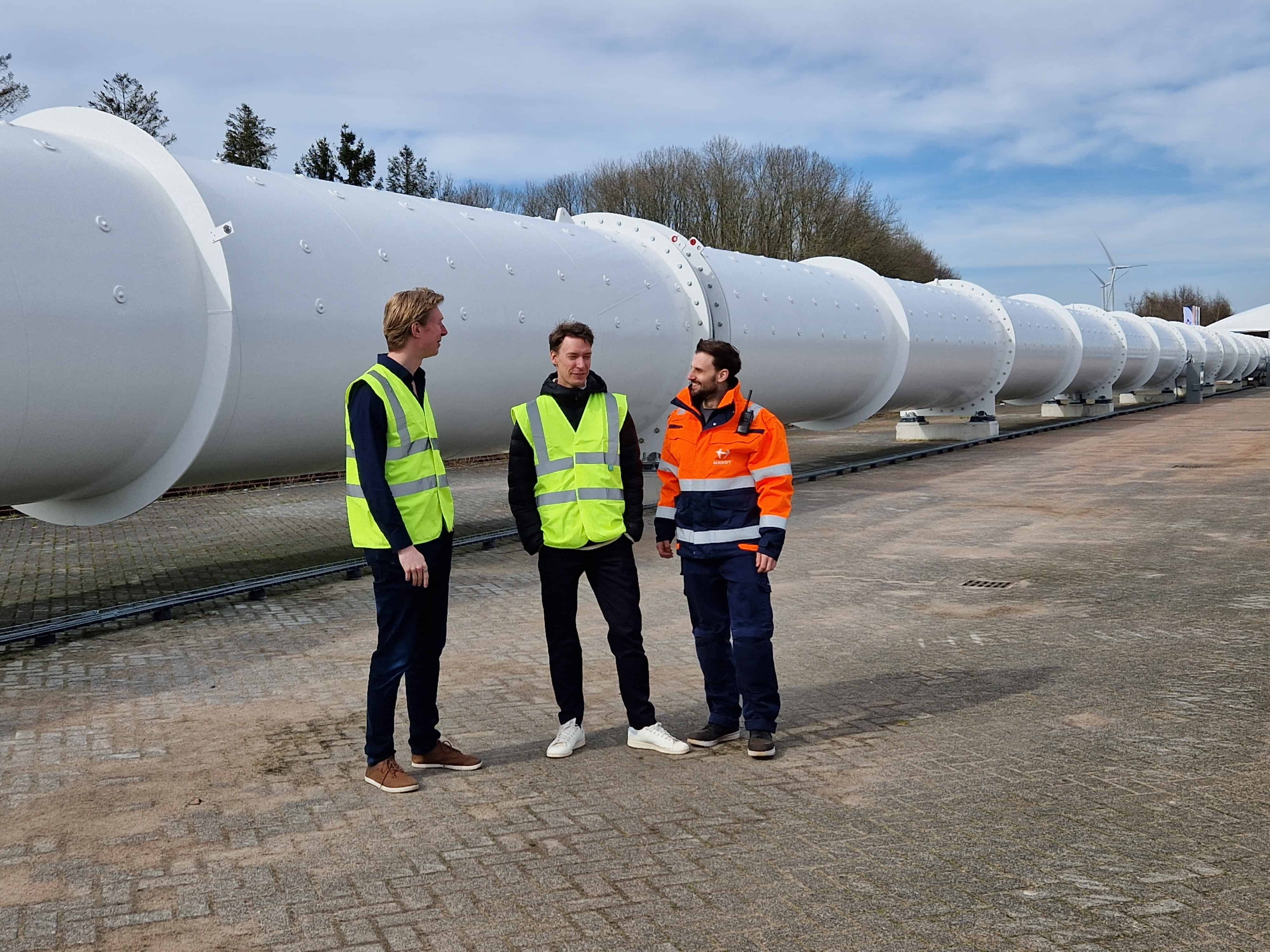
“We make stents that cure sick blood vessels,” says Bart Sanders, co-founder of STENTiT. Sanders and his partner Sol Cabrera make stents out of soluble microfibres. A stent is a small tube that keeps a blood vessel open. The patient’s immune system reacts to it and stimulates the cells to rebuild the blood vessel.” At the moment, stents are made primarily of metal or plastic. “With a metal stent, a blood vessel may close up again over time.”
STENTiT is a spin-off from Eindhoven University of Technology (TU/e). Cabrera and Sanders jointly carried out PhD research on the development of heart valves that grow with the body. Cabrera worked on the soluble stent, while Sanders explored the techniques used in making new tissue. “After our research, we saw that we could continue to pool our efforts by developing a new type of stent together that could repair diseased blood vessels,” Sanders explains.
What’s your motivation? What problem do you want to solve??
“We want to take the technology from the laboratory to the patient. We know that the stents currently being used are not optimal. We would like to change that. So we took the plunge and started a business.”
“We’ve presented the idea to clinical partners. They were very enthusiastic and immediately wanted to work with us. If stents eventually close up again, this can lead to a heart attack or a leg amputation for the patient. Our technique can be used in different parts of the body so that it can prevent these complications.”
What is the biggest obstacle you have yet to or have had to overcome??
“It’s tough to put a medical product on the market. There are very strict checks and balances for this. We have to show that the stent is functioning well and that the risk of negative consequences for the patient is as low as possible.”
“The studies we are required to do to demonstrate this are very expensive. It’s hard to get that money together. Investors are cautious because they see it as a high risk. The further the product is developed and tested, the smaller the risk for investors becomes. But to be able to achieve that, we need investment.”
“Raising the necessary funding to actually be able to market the product is not easy. We get some support from the Dutch government. The university also supports us. So we are allowed to use the laboratory along with microscopes and other equipment. Of course, as a start-up, we are unable to purchase any of that.”
What has been the best moment you’ve had with the start-up?
“Setting up a start-up has been a real rollercoaster ride. We have wow-moments every day, big and small ones. This can happen, for instance, when a test in the laboratory is successful or when we bring in an external partner. Sometimes it is the small steps that lead to a better product for the market.”
“There is room for improvement: We could celebrate the results we achieve more often. I think we should show that what we do is not just a matter of course.”
What can we expect from you in the coming year??
“We are going to start pre-clinical trials next year. Here we have to prove in the laboratory that the product is safe. Once we get those results, we’ll start with the clinical trials. Then we can test the technology on patients. These studies will take a number of years. These are big steps for us as a company as well as for the product. It is now really important for the company that the stent actually reaches the patient. If we have completed these trials successfully, we will effectively be able to market the product.”
What is your ultimate goal??
“We really want to change patients’ lives when it comes to this area. We started this company as two scientists by asking how we as researchers can take our idea to the patient. In the meantime, we’ve also come a long way in economic terms. The idea that scientists are only of any use in the laboratory is still prevalent. Yet we also think it is important that we not only carry out research for the benefit of science, but that we also look at how patients are able to benefit from it. We also give lectures about this to students, so as to encourage them to see what they as entrepreneurs can do with their research.”
“Not just students, but also women in general are feeling more and more encouraged to become entrepreneurs. Sol has already done a great job. As well as being an entrepreneur, she is a mother and hails from Argentina too. At the beginning of this month at the Global Entrepreneurship Summit in The Hague, she also received the Outstanding Woman Entrepreneur in Science and Technology award for the work she has been doing.”

Background information
Founders
Two scientists: Sol Cabrera en Bart Sanders.
Year of foundation
2017
Eventual revenue
Dutch government supports, but no sales yet.
Employees
At the moment, it’s just the two of us working. In order to hire more employees, we first need funding.
Ultimate goal
Save lives with regenerative stents.
Need inspiration? All of our other Start-ups of the Day can be found here.








